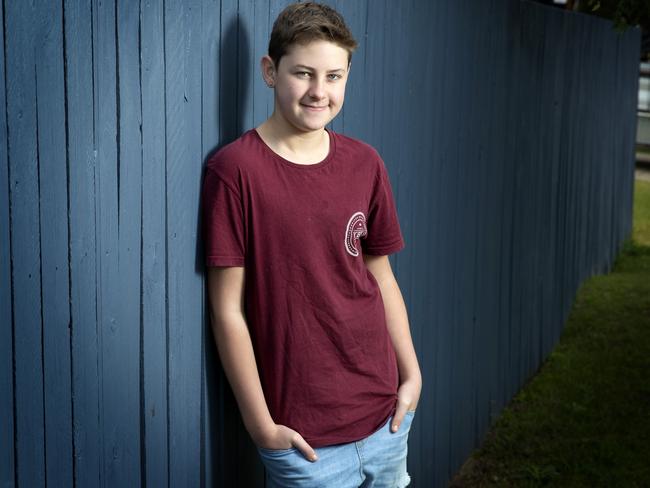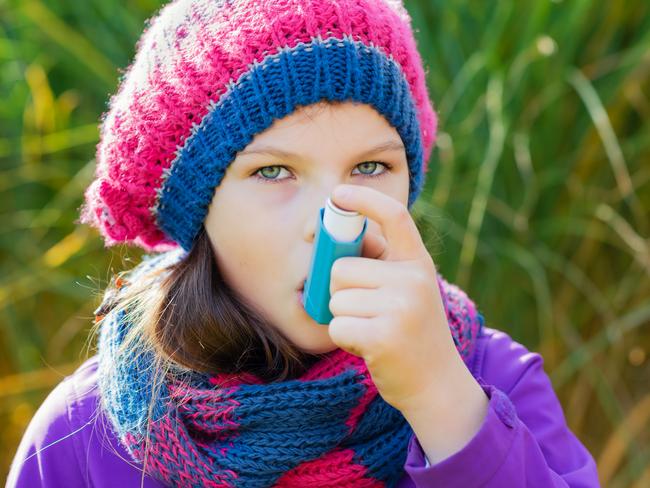Australia’s top asthma hotspot suburbs revealed
Some regions of Australia pose a higher risk for asthma attacks than others. Find out if you live in one of them and why these areas are considered hotspots.
National
Don't miss out on the headlines from National. Followed categories will be added to My News.
Tyler Turner had his first life-threatening asthma attack at age three and has regularly been rushed to hospital in an ambulance struggling to breathe.
His mother Sally said it was terrifying to see him gasping for oxygen.
“It’s been absolutely horrible. Especially getting the phone calls from people when he’s not in my care because I find that they panic as well,” she said.
“There was one time at the school he was in a really bad way. His toes were curling over and everything was just not going well at all.”
The 14-year-old, from Brisbane, said his asthma had long prevented him from playing soccer because the condition was triggered by grass and dust.
“It feels like your throat closes so you can’t get any air through at all,” he said.
“I normally go into a panic attack which isn’t really good for the asthma because it can make it worse.”

Mrs Turner said finding the right medication made all the difference for him.
“I did actually call Asthma Australia to talk about different preventers as I didn’t think that the doctors were doing enough,” Mrs Turner said.
She also advised parents to take their children to a respiratory clinic.
Since he’s started a new preventer medication, Tyler has been able to play soccer again.
Asthma Australia’s Anthony Flynn said asthma the chances of someone suffering the condition came down to a combination of genetic predisposition and the environment.
“So if you’re a family with allergies, and history of asthma, you’re likely to get asthma,” he said.
The reason some regions had worse rates of the condition could be environmental.
The Victorian regions of Sunbury and Ballarat were exposed to the effects of sweeping pollens that come across from the west each spring season and were especially concentrated in the thunderstorm epidemic of 2016.
The Blue Mountains area, west of Sydney, had been subjected to fire smoke repeatedly, either due to back hazard reduction burns or wild bushfires.

Other causes could be lifestyle factors in some regions such as smoking and poor air quality, he said.
Mr Flynn said it was vital people with the condition had regular check-ups, used a preventer twice a day and stuck to a Mediterranean diet high in fruits and vegetables.
There are a range of new asthma medicines available and people should make sure they found one that suited them, he said.
AUSTRALIA’S ASTHMA HOT SPOTS
• Ipswich Inner 11.8 per cent
• Playford 11.7 per cent
• Broken Hill and Far West 11.5 per cent
• Ballarat 11.3 per cent
• Gawler – Two Wells 11.2 per cent
• Caboolture 11.1 per cent
• Sunbury 11.1 per cent
• Wagga Wagga 11.0 per cent
• Wangaratta – Benalla 11.0 per cent
• Brighton 11.0 per cent





